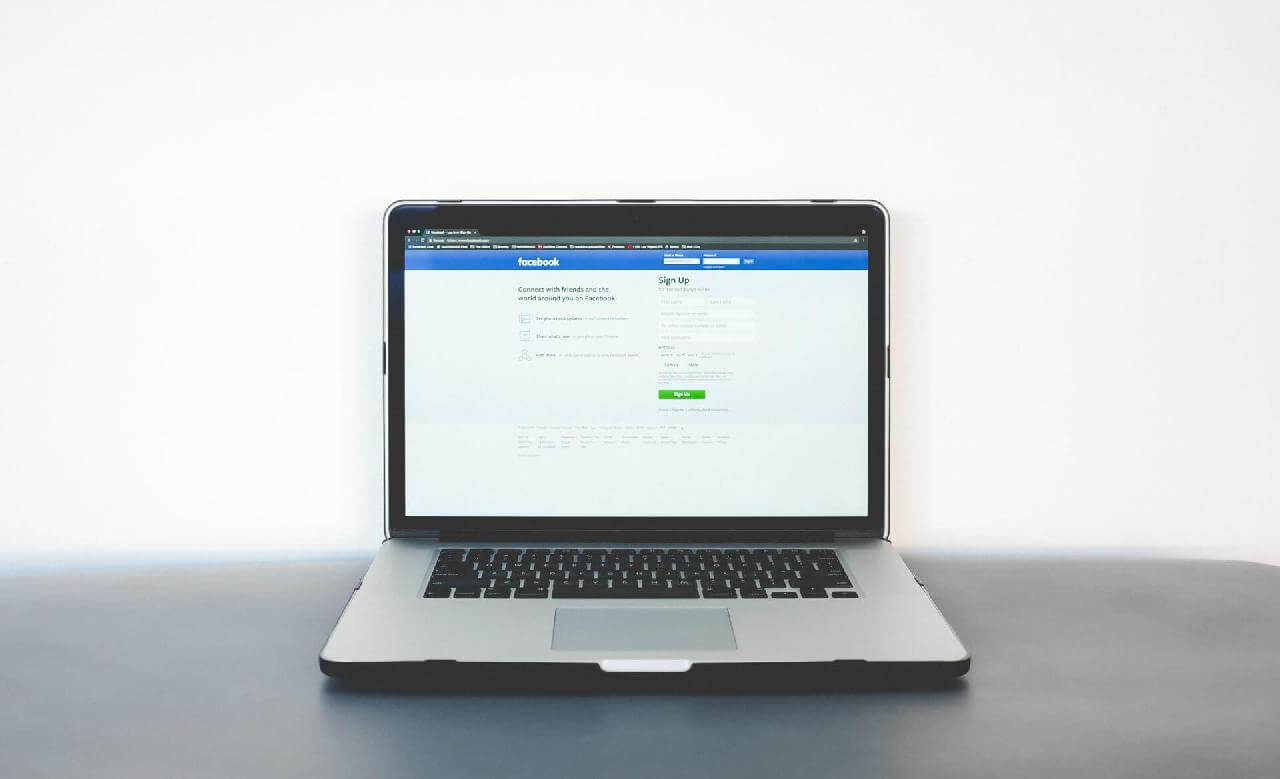In today’s digital landscape, protecting customer data is not just a technical concern—it’s a fundamental ethical obligation and a legal necessity. Whether you’re running a small e-commerce business or a large corporation, the responsibility that comes with handling personal data is immense.
Names, emails, addresses, payment information, even browsing habits—customers trust you with their information. Breaching that trust can lead to serious consequences, from legal actions and financial losses to irreparable damage to your reputation.
Regulations like the General Data Protection Regulation (GDPR) in Europe or the California Consumer Privacy Act (CCPA) have redefined how data should be handled. These laws outline what can be collected, how it should be stored, when it must be deleted, and how customers can control their own information.
But simply complying with the law isn’t enough. Truly responsible organizations go beyond the bare minimum by fostering a culture of privacy and resilience against data risks.
Classifying Customer Data and Understanding Its Sensitivity
To protect customer data effectively, you first need to understand what types of information you’re dealing with. Basic details like names and email addresses are common, but there are also highly sensitive categories—financial information, medical records, geolocation data, or government-issued identifiers.
Each type of data comes with its own risks if exposed. An email address leak might lead to spam or phishing, but stolen medical or financial data can open the door to identity theft and fraud. Classifying the data you collect and ranking it by sensitivity allows you to tailor protection efforts where they’re needed most. Minimizing the amount of data collected in the first place is also a smart and effective strategy, often required by data protection laws.
Setting the Foundation: Governance and Access Controls
Strong data protection starts with solid governance. That means having clear policies and procedures about how customer data is collected, stored, used, and deleted. You need to know who can access what, under what circumstances, and how those accesses are monitored.
A good rule of thumb is the principle of least privilege: give employees access only to the data they need to do their jobs—no more. Role-based access controls (RBAC) make this easier to manage and adjust over time. Regular audits of access logs help detect unusual activity and close any gaps.
Keeping an updated inventory of all data assets is also essential. Knowing what information you hold, where it’s stored, and who has access to it is the first step to ensuring it doesn’t fall through the cracks.
Encrypting and Defending Your Infrastructure
Data needs to be protected both when it’s stored (at rest) and when it’s being transmitted (in transit). Encryption helps secure it by making it unreadable to unauthorized users. Technologies like AES-256 or RSA encryption are considered industry standards, and proper management of encryption keys is critical to ensuring their effectiveness.
On top of that, networks must be defended against intrusion. Firewalls, endpoint protection, and intrusion detection systems can help stop attacks before they reach sensitive data. Regular vulnerability assessments and security testing—such as penetration tests—can expose weak points before attackers find them.
Another key element is keeping software up to date. Many data breaches happen because outdated software contains known vulnerabilities. A disciplined patch management process helps close those security holes.
Managing Human Risk: Training and Insider Threats
Even the most secure system is vulnerable if people using it are careless or uninformed. Phishing attacks rely on human error, not technical flaws. That’s why ongoing security training is so important. Staff should be taught how to recognize suspicious emails, use strong passwords, and report anything out of the ordinary.
Incident response plans should also be in place—so when something does go wrong, your team knows exactly what to do. Time is critical in a breach, and a coordinated response can make the difference between a minor issue and a public crisis.
Internal threats deserve just as much attention. These can be accidental or intentional. Monitoring user behavior, setting up alerts for unusual activity, and conducting regular reviews can help prevent issues before they escalate. A culture of accountability and transparency, backed by strong HR practices, strengthens your overall defense.
Managing Data Retention and Minimization
Keeping data longer than necessary increases your risk. If you no longer need certain information, it should be securely deleted. Retention policies help define how long different types of data are kept and when they should be erased.
Tools can automate this process, reducing the chance of human error. Moreover, using techniques like pseudonymization or anonymization—where direct identifiers are removed—allows businesses to analyze trends without exposing individuals.
Collect only what you need, store it securely, and delete it when its purpose is fulfilled. This approach not only enhances security but also builds trust with your customers.
Working with Vendors and Third Parties
Your responsibility doesn’t end where your infrastructure does. If third-party vendors process or store customer data on your behalf, you’re still accountable for its protection. This makes choosing partners carefully absolutely essential.
Due diligence should include reviewing a vendor’s security practices, certifications, and incident history. Contracts should define clear expectations, responsibilities, and repercussions in case of a breach. Data Processing Agreements (DPAs) are legally required in many jurisdictions and help formalize this.
Monitoring doesn’t stop after signing. Periodic reviews, audits, and performance checks ensure that vendors maintain high standards. If they don’t, you need procedures in place to act quickly.
Being Transparent with Customers
Customers care about how their data is used. Being honest and clear with them fosters trust. Privacy policies should be written in plain language—not legal jargon—and should explain what data is collected, why, for how long, and with whom it is shared.
Consent must be freely given and easy to withdraw. Avoid shady practices like pre-checked boxes or vague consent banners. Instead, give people control. Dashboards where users can manage their data preferences or delete their accounts help create a sense of ownership and reinforce your commitment to privacy.
Trust grows when people feel respected and in control. Making privacy part of your user experience is not just responsible—it’s a competitive advantage.
Preparing for the Worst: Incident Response and Recovery
No system is completely immune to failure. When a breach occurs, your response matters more than ever. A well-prepared incident response plan lays out exactly what steps to take—from containing the breach and notifying authorities to informing affected customers and restoring operations.
Many regulations require that breaches be reported within strict timelines—sometimes within 72 hours. Having a plan ensures you meet those deadlines without confusion or panic.
After any incident, conducting a thorough review helps prevent a repeat. What happened? Why? How can similar risks be reduced moving forward? Learning from failure is a powerful part of building long-term resilience.
A Culture of Respect and Responsibility
At the heart of data protection is something simple: respect. Customers aren’t just entries in a database—they’re people who have trusted you with something personal. Treating that data with care is not just smart business—it’s a matter of principle.
How do I protect customer data is more than a question about technology—it’s a question about values. The best protection comes from a combination of solid infrastructure, thoughtful policies, and a culture that truly values the trust customers place in you.
When data privacy is built into your company’s DNA, it becomes a strength, not a burden. And in a world where trust is harder to earn than ever, that strength can set you apart.








